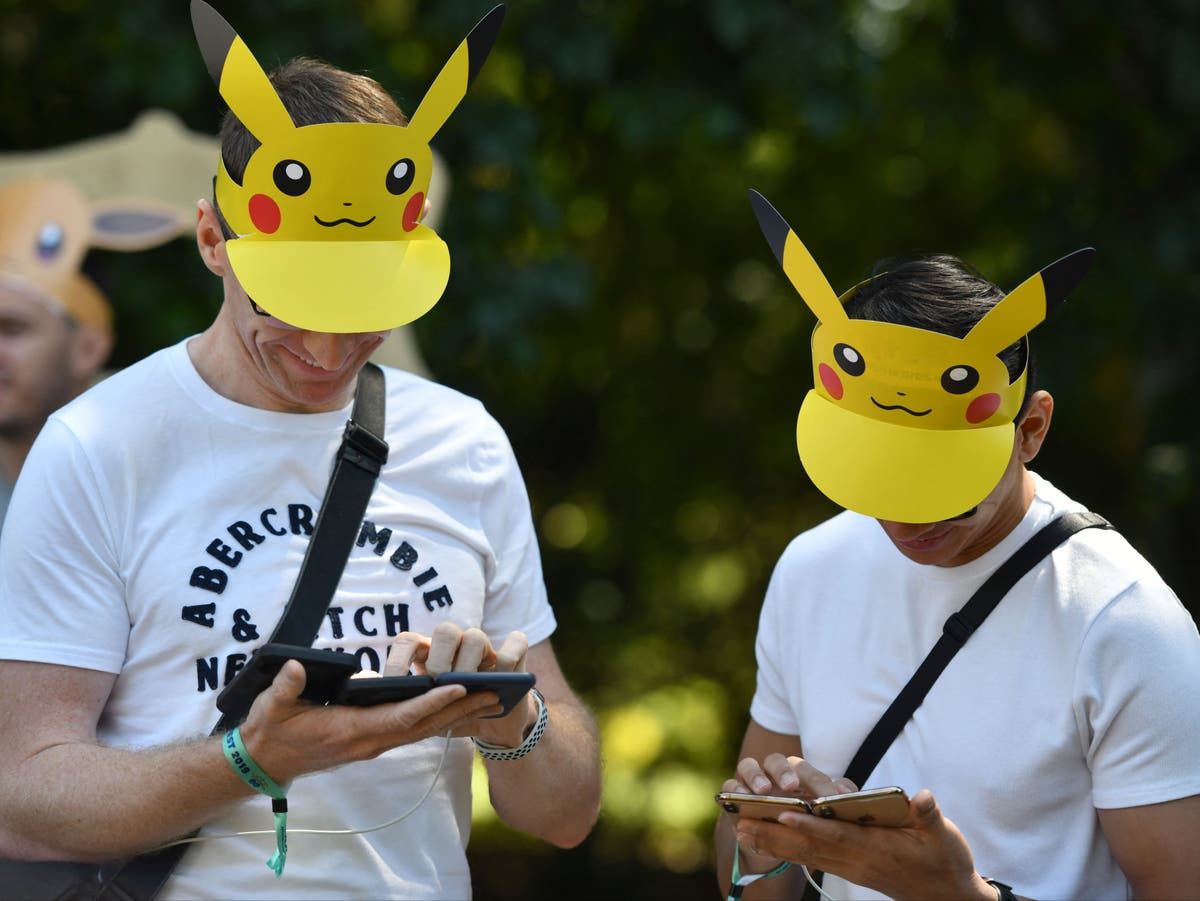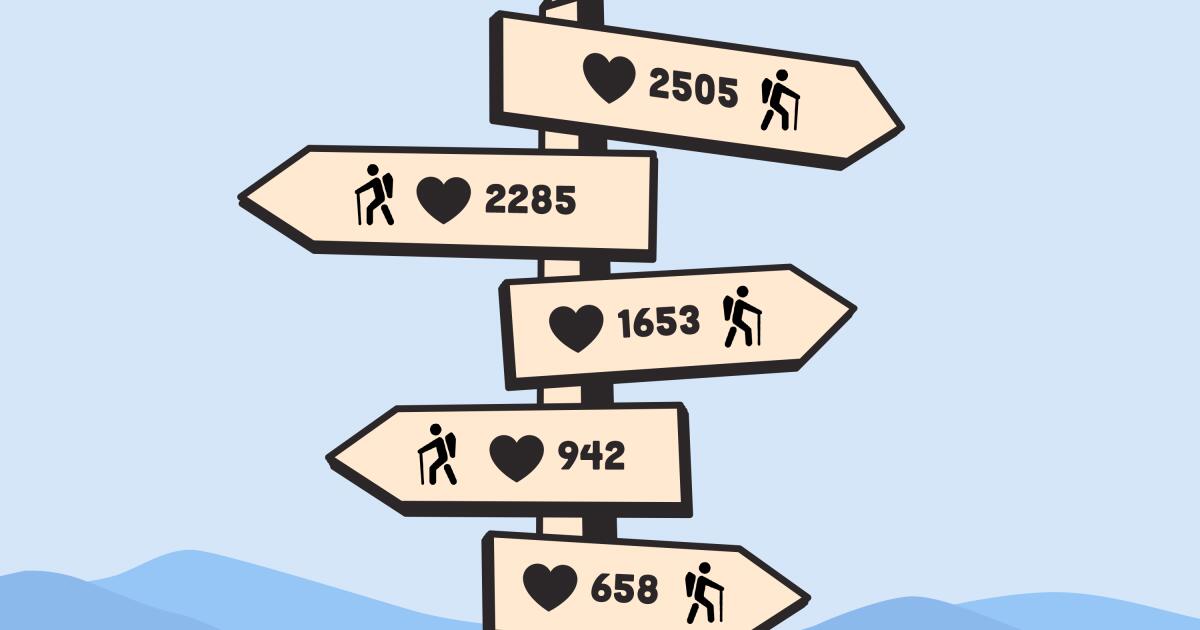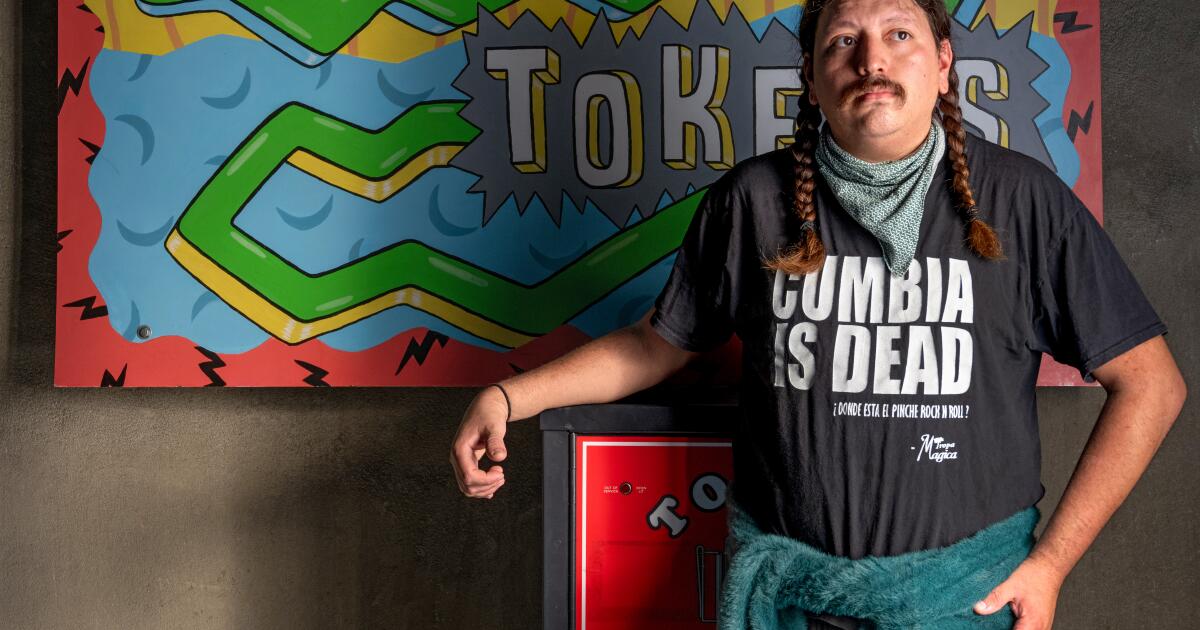Truly support
independent journalism
Our mission is to provide unbiased, fact-based reporting that holds the powerful to account and exposes the truth.
Whether it's $5 or $50, every contribution counts.
Support us in offering journalism without agenda.
People are planning their vacations based on their Pokémon Go aspirations.
From honeymooners to mountain climbers, Pokémon Go's massive adult audience has taken their dedication to the popular mobile game to the next level: planning their trips to places where they can “catch” the most digital monsters.
Since Pokémon Go owner Niantic has incentivized travel to Pokémon Go by hosting Go Fest fan events and releasing rare Pokémon, including “shinies” and “trims,” available only in certain regions, Pokémon Go tourism has seen a marked increase.
“It’s just a little novelty,” avid gamer and actor Seth Green explained to the Wall Street JournalHe added that one of the highlights of his foray into Pokémon Go tourism was when he found a virtual creature in Portugal's Chapel of Bones. “In a world where joy itself is a commodity, that's a pretty easy exchange.”
The game's popularity hinges on its use of augmented reality, which allows cute Pokémon creatures to be brought into the real world via screens. Whether you're strolling through the streets of Paris or climbing Mount Everest, there's likely to be a Pokémon nearby, which is a big draw for players.
If there is a rare Pokémon nearby, the player's phone will vibrate, indicating that there is a creature to capture. Using their smartphone's camera, players can then “catch” the Pokémon and add it to their collection. Fans claim that the immersive nature of the game can lead them to explore more of their chosen destinations than they would have otherwise.
Lene Grooss, 62, and her husband Ole, 59, told the WSJ newspaper While playing Pokémon Go across Europe, the Caribbean and Asia, they found that the game offered fun routes to explore, both on and off the beaten track. They also liked the sense of community they felt when meeting fellow travellers while playing the game, and found it to be an easy way to meet other people abroad.
At first, they started playing the game to connect with their children, but soon they became more obsessed with the game than their children. Nowadays, whenever they travel with the family, they go out to hunt creatures, either early in the morning or at night when everyone else is already resting. Lene noted that she loves how the game encourages her to get outside and interact with her surroundings.
“Sometimes we go back to the hotel, look at each other and say, ‘Maybe we should take a half hour,’” Lene said. “And then we go back out.”
Thanks to the commercial success of Pokémon Go, travel experts have noted how the augmented reality game incentivizes travel and enhances the tourist experience. Some players have begun to view the game as a more reliable travel guide than websites like Trip Advisor, and Go Fest events often transform cities into hubs filled with PokéStops that guide tourists to the most important sites in the area.
“People can meet Pikachu and Eevee, we can visit our special pop-up shop, and most importantly, we can play together,” Divya Erram, global director of Pokémon GO Fest, told a local media outlet. “Pokémon GO is here to stay.”
An estimated 190,000 people attended the Pokémon Go Fest in Madrid in June, drawing hundreds of thousands of foreigners to explore the city, and the most recent event in New York City attracted an estimated 600,000 people. The popularity of Pokémon Go travel suggests that augmented reality tourism is the next frontier of travel.












